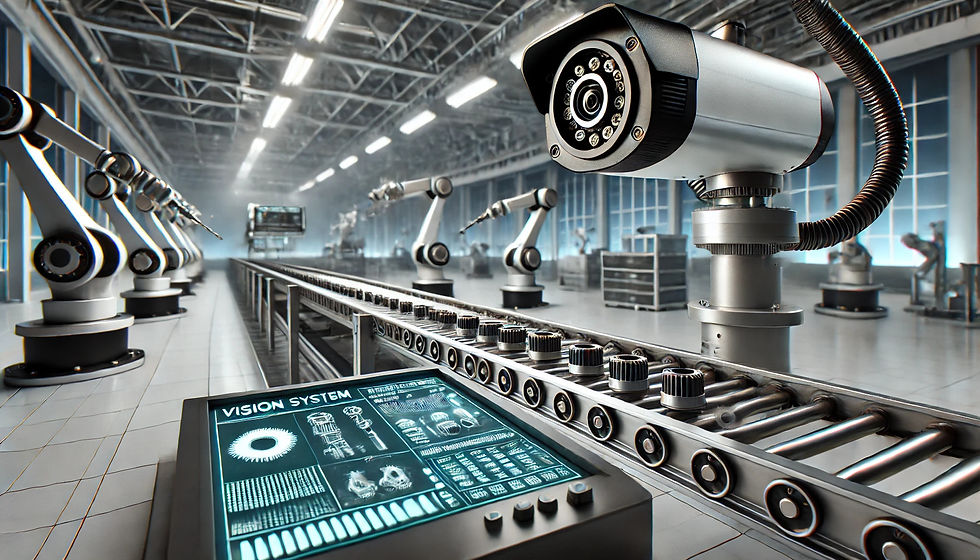Unlocking Operational Excellence: The Importance of Overall Equipment Efficiency
- jeksonvision128
- Feb 14, 2024
- 2 min read
Understanding Overall Equipment Efficiency (OEE)
OEE is a comprehensive metric that evaluates the performance of equipment in terms of availability, performance, and quality. It provides insights into how well manufacturing assets are utilized to produce quality output within a specific timeframe. By analyzing OEE data, organizations can identify areas for improvement and implement targeted strategies to enhance efficiency.

The Importance of OEE in Operational Excellence
Maximizing Productivity: OEE serves as a barometer of productivity, allowing organizations to assess how efficiently their equipment is utilized. By maximizing OEE, companies can optimize resource utilization and maximize output without compromising quality.
Identifying Bottlenecks: OEE highlights areas of inefficiency within the manufacturing process, such as equipment downtime, slow performance, or quality issues. By pinpointing these bottlenecks, organizations can prioritize improvement initiatives and allocate resources effectively to address them.
Driving Continuous Improvement: OEE fosters a culture of continuous improvement by providing tangible metrics for performance evaluation. Organizations can use OEE data to set benchmarks, track progress, and implement incremental changes to enhance efficiency over time.
Optimizing Maintenance Strategies: Effective maintenance is critical to maximizing equipment availability and minimizing unplanned downtime. By monitoring OEE metrics, organizations can implement proactive maintenance strategies, such as preventive and predictive maintenance, to ensure that equipment remains in optimal condition.
Enhancing Quality Control: OEE encompasses the quality aspect of manufacturing, allowing organizations to assess the rate of production of defect-free units. By improving OEE, companies can enhance product quality, reduce defects, and minimize rework or scrap, ultimately leading to cost savings and customer satisfaction.
Strategies for Improving OEE and Achieving Operational Excellence
Implementing Real-time Monitoring Systems: Utilize advanced monitoring systems to track equipment performance in real-time and identify issues promptly. This allows for proactive intervention and minimizes the impact of unplanned downtime.
Investing in Technology: Embrace emerging technologies such as Internet of Things (IoT), artificial intelligence (AI), and predictive analytics to optimize equipment performance and enable predictive maintenance.
Employee Training and Engagement: Invest in training programs to educate employees on the importance of OEE and empower them to contribute to efficiency improvements. Foster a culture of accountability and continuous improvement at all levels of the organization.
Cross-functional Collaboration: Encourage collaboration between departments, including production, maintenance, engineering, and quality assurance, to address OEE-related challenges collectively and implement holistic solutions.
Regular Performance Reviews: Conduct regular reviews of OEE metrics to track progress, identify trends, and make data-driven decisions. Set clear goals and objectives for improving OEE and celebrate successes along the way.
Conclusion
Overall Equipment Efficiency (OEE) is a cornerstone of operational excellence in manufacturing. By maximizing OEE, organizations can optimize productivity, identify areas for improvement, and drive continuous improvement initiatives. By embracing OEE as a key performance metric and implementing targeted strategies to enhance efficiency, companies can unlock operational excellence and position themselves for success in today's competitive marketplace.



Comments